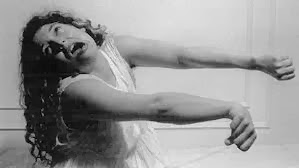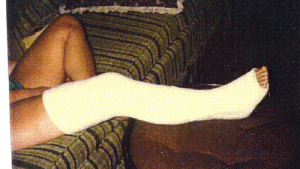General Advice
Hysterical Orthopaedics

The word “hysteria” has specific psychiatric connotations. Patients who are thought to suffer with hysteria sometimes present with so-called conversion disorders.
In the orthopaedic paradigm, patients may present with fixed contractures, for example of a hand or fingers, as a result of complete non-use for a protracted period. That period can be in the form of years. As a result of holding the hand in a curled-up position across the front of the torso, permanent contractures form and the digits can simply not be extended. I have seen such a case.
How Does it Arise?
Although there may have been a precipitating injury, it is often of relatively minor extent. It is not the sort of injury that would result in such a devastating outcome. Instead, rather than being of a physical origin, the malady is more likely to be of a psychiatric origin.
That does not mean that the patient is not impaired and neither does it mean that the patient is not seriously disabled. It simply means that the causative inciting agent has complex overtones other than those of a purely orthopaedic nature.
You should be seeking the advices of your favourite clinical psychiatrist in fully assessing these cases.


